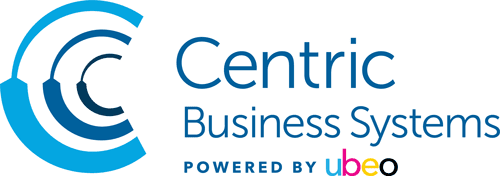Efficient Information Management: Digital but Not Paper-Free
Whether contained in paper documents and forms or existing in digital formats, information is the lifeblood that keeps organizations running. Effectively managing that information allows them to serve their clients, keep employees happy, and comply with government regulations efficiently and productively. When information is slow to flow through the organization or is difficult to find, customer satisfaction, employee turnover, and even business continuity are on the line. Information coming into an organization is expected to grow 450% (4.5 times what it is today) over the next two years. To meet this challenge, having an effective capture, storage, and retrieval solution for documents and data is vital.
The use of digital files has increased over the years with the use of online forms, acceptance of electronic documents and signatures, and growth in secure cloud storage services. However, as many as 34% of firms report they still have most of their core business content on paper. That content can be found in the form of invoices, statements, proposals, and other documents that are created or received by an organization and then filed away for later use or reference. This increases capital and operational costs through additional file cabinet needs, time-consuming file searches, and higher lost file risks. Scanning these documents and creating digital image files that can be entered into a content management system (CMS) is the first step in creating an organized digital document management system.
Capturing digital files into a CMS is also a step in the right direction toward gaining control over the information overload and resulting chaos an organization may be experiencing. Digital files are created by employees, arrive via methods like email or web portal, and can be in a variety of different formats ranging from Microsoft Office files, PDFs and image files to audio and video files or other specialty formats. The ability of a CMS to automatically extract data, metadata and tags (in the case of scanned images by using OCR, bar code recognition, or QR codes) begins to organize the files for storage and retrieval needs. In many instances, this can also kick off automated digital workflows for faster, more accurate review and approval processes.
When selecting a CMS , an organization needs to ask the following questions. Can it:
- Integrate with existing capture systems such as scanners, multifunctional devices (MFDs), email, fax machines, and customer web portals to capture information from paper documents, emails, fax, web forms, and files sent from mobile devices?
- Integrate with existing legacy systems such as SharePoint, Microsoft Office 365, Salesforce, and others that store needed documents and information?
- Intelligently add metadata or tags to captured and stored files based on the context of the information within the digital file for easier retrieval and more accurate workflow implementation?
- Securely store files and information using robust encryption, user access controls, and authentication methods?
- Provide an intuitive way for users to search and quickly find needed data and documents?
- Offer version control with check-out and check-in controls as users work on digital files to track changes to documents and files, and who made those changes. (This is important in creating an audit trail for security and compliance purposes.)
- Keep and archive files based on the information governance of the organization or what is required for regulatory compliance purposes?
- Offer a choice of on-premise, cloud, or hybrid installation with multi-site synchronization?
The choice of a cloud-based CMS or a hybrid of on-premise and cloud installations has become more important since the use of and reliance on the distributed work from home (WFH) workforce has been accelerated as a result of the COVID-19 pandemic. In the post-pandemic era, it’s expected that firms will continue this WFH model or institute a hybrid model in which some employees work remotely while some are back at a desk in the office. To support this new workforce model and provide the anytime/anywhere access to the captured and digitized information, an organization will need to examine their individual workforce situation, IT support capabilities, and CMS needs.
A “paper-free” office does not yet exist even though the use of digital files to manage information is rising. Ensuring employees have easy and secure access to the information they need to carry on the business of an organization, from wherever they may be working, requires digitizing paper-based information and implementing a CMS solution to store, manage, and retrieve that information. A document and workflow analysis that can be provided by a solutions provider such as Centric Business Systems can determine what combination of services and implementations will match an organization’s unique demands.
Tags: Digital Workflow
